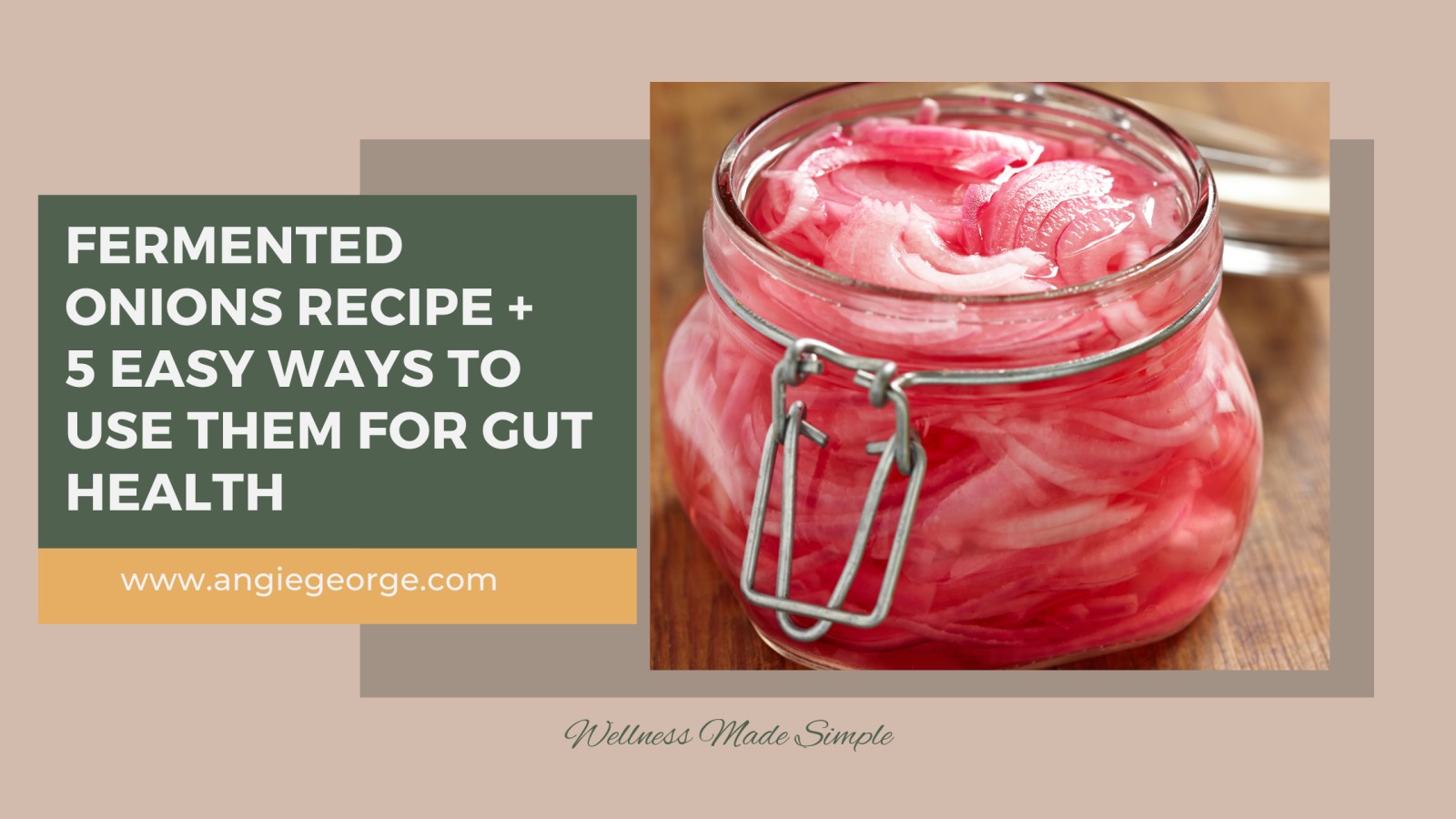
This year, ticks are everywhere. And trust me when I say—they’re more than just annoying. They can change your life.
My brother now lives with Alpha-Gal Syndrome, a condition caused by a tick bite that makes him allergic to red meat. It’s just one example of the serious and often overlooked consequences of a single bite.
Ticks are more active than ever, and many people don’t realize the damage they can cause until it’s too late. That’s why I’m passionate about sharing what I’ve learned: how to prevent bites naturally, what to do if you get one, and how to support your body afterward.
Why Tick Prevention Matters
Tick bites can lead to a variety of health problems, including:
- Lyme disease
- Rocky Mountain spotted fever
- Alpha-Gal Syndrome (a red meat allergy)
- Fatigue, joint pain, rashes, allergic reactions
Prevention is your best defense, especially if you or your family spend time outdoors gardening, hiking, or playing in the grass.
How to Prevent Tick Bites Naturally
Here are some practical ways to reduce your risk:
- Wear light-colored, long sleeves and pants
- Tuck pants into socks and shirts into waistbands
- Use double-sided tape around your ankles and cuffs
- Stay on clear trails and avoid tall grasses
- Shower soon after being outdoors
- Check pets, kids, and gear before coming inside
The Problem With Traditional Insect Repellents
Many commercial insect repellents contain synthetic chemicals like DEET or permethrin. While effective, they come with possible side effects:
- Skin irritation: rashes, redness, and burning on sensitive skin
- Eye and respiratory issues: especially when inhaled or sprayed too close to the face
- Neurological concerns: headaches, dizziness, and in rare cases, seizures with prolonged use
- Hormone disruption: some ingredients have been linked to endocrine interference
- Environmental toxicity: harmful to aquatic life and beneficial insects like bees
Because of these risks, many families are switching to natural, plant-based solutions.
Natural Tick Repellents That Work
Essential oils can be incredibly effective when used correctly. My favorite DIY Tick Repellent Spray:
DIY Natural Tick Repellent:
- 20 drops Geranium oil
- 10 drops Lavender oil
- 10 drops Citronella oil
- 10 drops Lemongrass oil
- 10 drops Eucalyptus Globulus or Peppermint oil
- add a dropper of witch hazel
- fill with distilled water
- grab my fav oils here
Shake well before each use and spray on skin, clothing, shoes, and even dogs (check with your vet).
I also love using this plant-based Insect Repellent—it’s DEET-free and actually works.
What To Do If You Find a Tick
Removing a tick quickly and properly can make a huge difference. Here's how:
- Use fine-tipped tweezers or grab my fav tick-removal tools
- Grasp the tick as close to the skin as possible
- Pull upward steadily without twisting
- Clean the bite with rubbing alcohol or soap and water
- Save the tick in a plastic bag in case testing is needed
Natural Support After a Tick Bite
Even after removing a tick, it’s important to support your body:
- Apply diluted Oregano or Thyme essential oil to the area
- Take immune-boosting supplements like Vitamin C, NingXia Red, or Inner Defense
- Watch for symptoms and consult your provider if needed
Products I Recommend
- Plant-Based Insect Repellent
- Fine-tipped tick removal tweezers
- 2 oz glass spray bottles
- Essential oils (Geranium, Lavender, Citronella, Oregano, Thyme)
Download the Full Tick Safety Guide
I created a free Tick Safety & Prevention Guide that includes all this information plus my favorite DIY Insect Repellant.
















